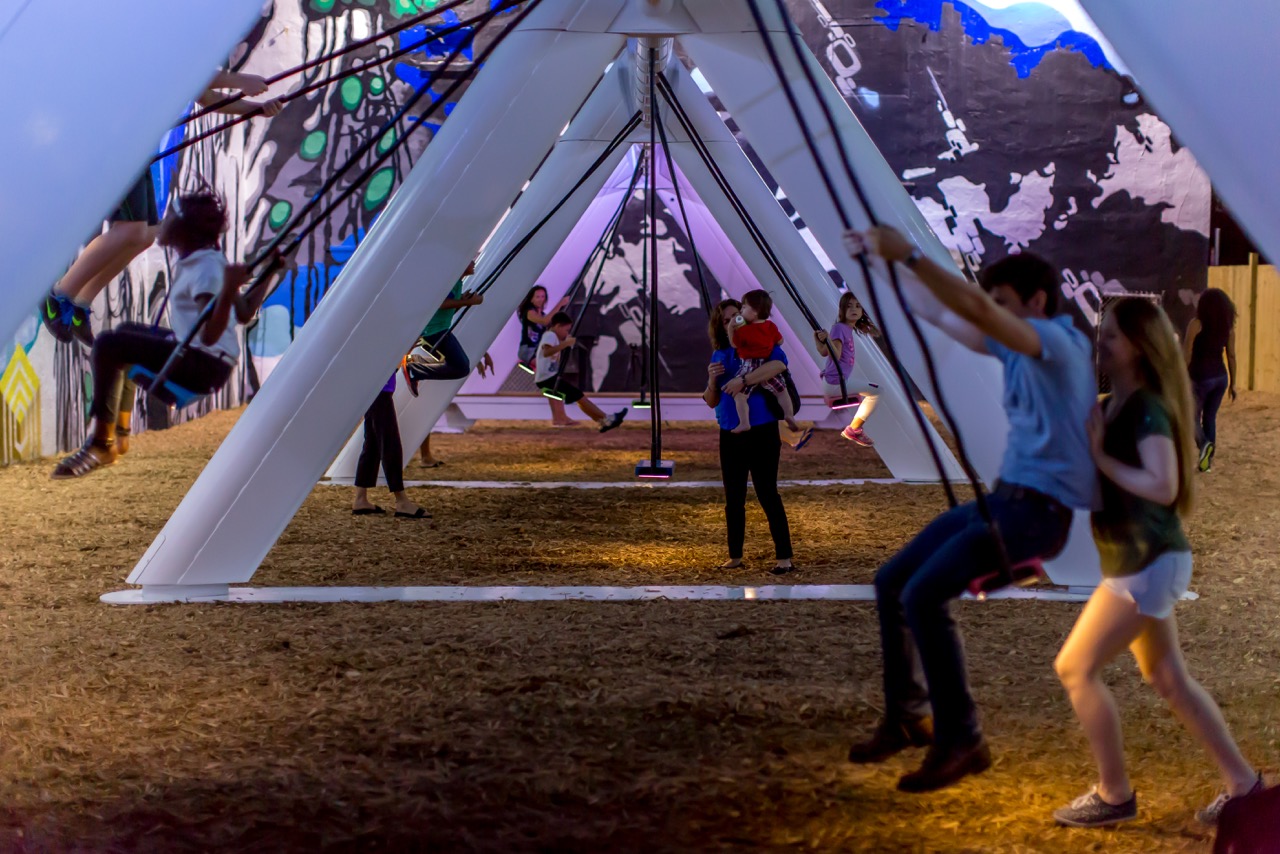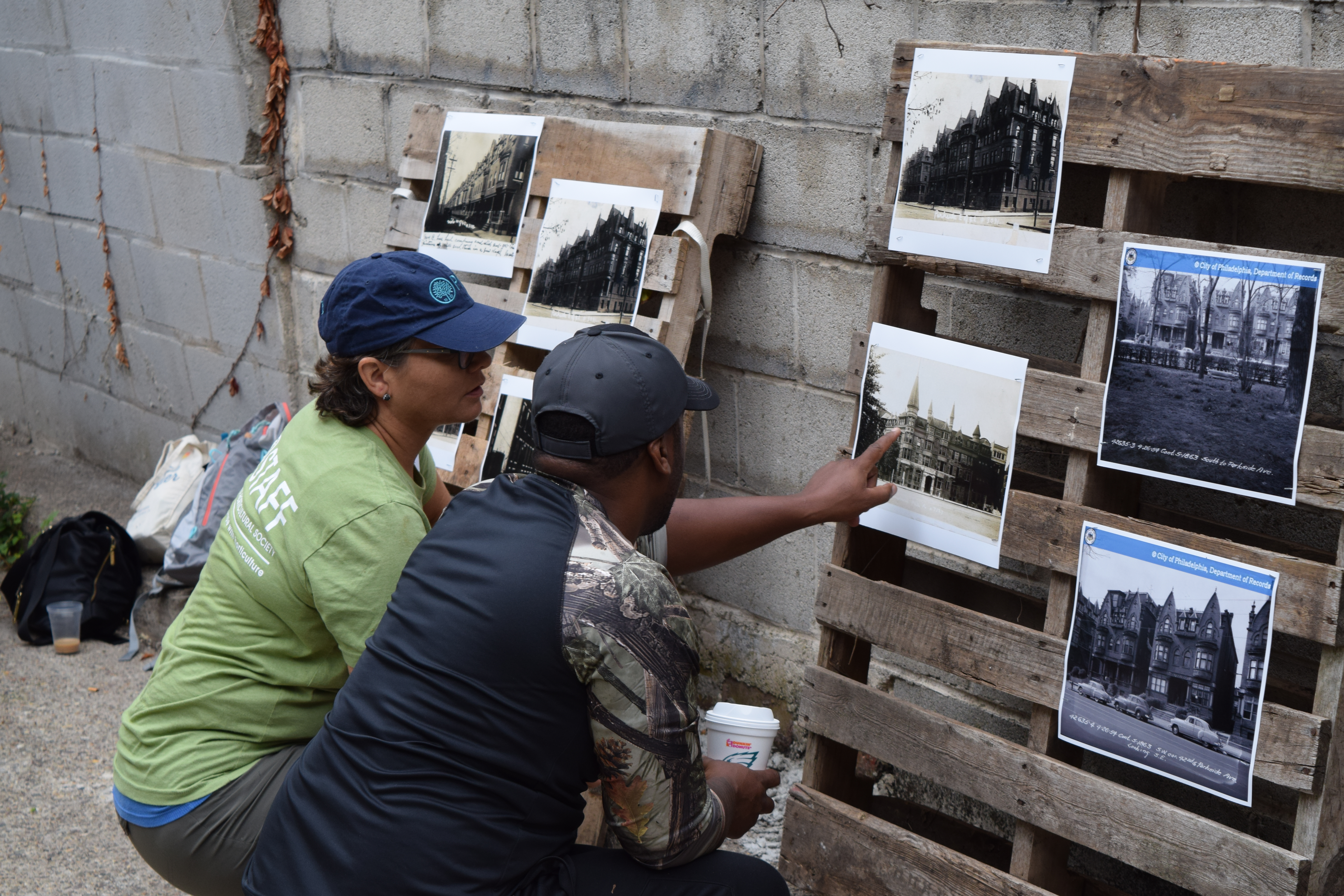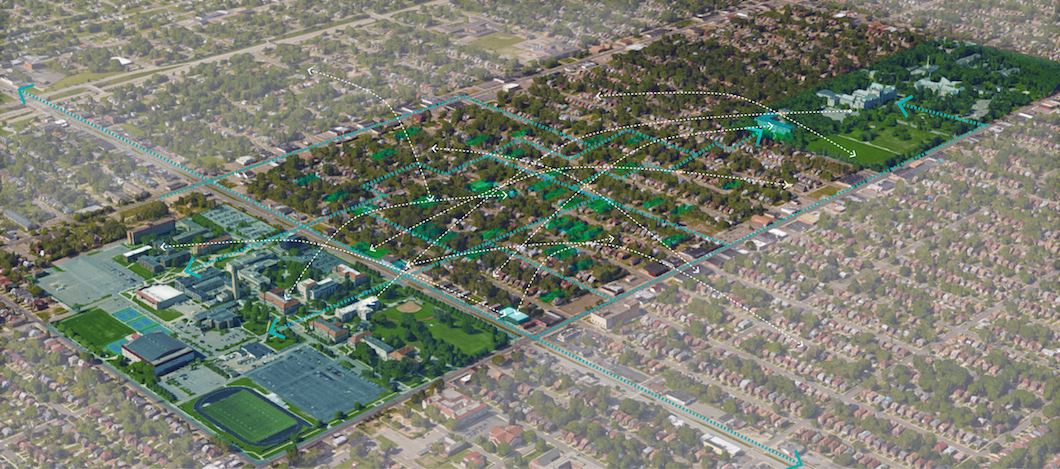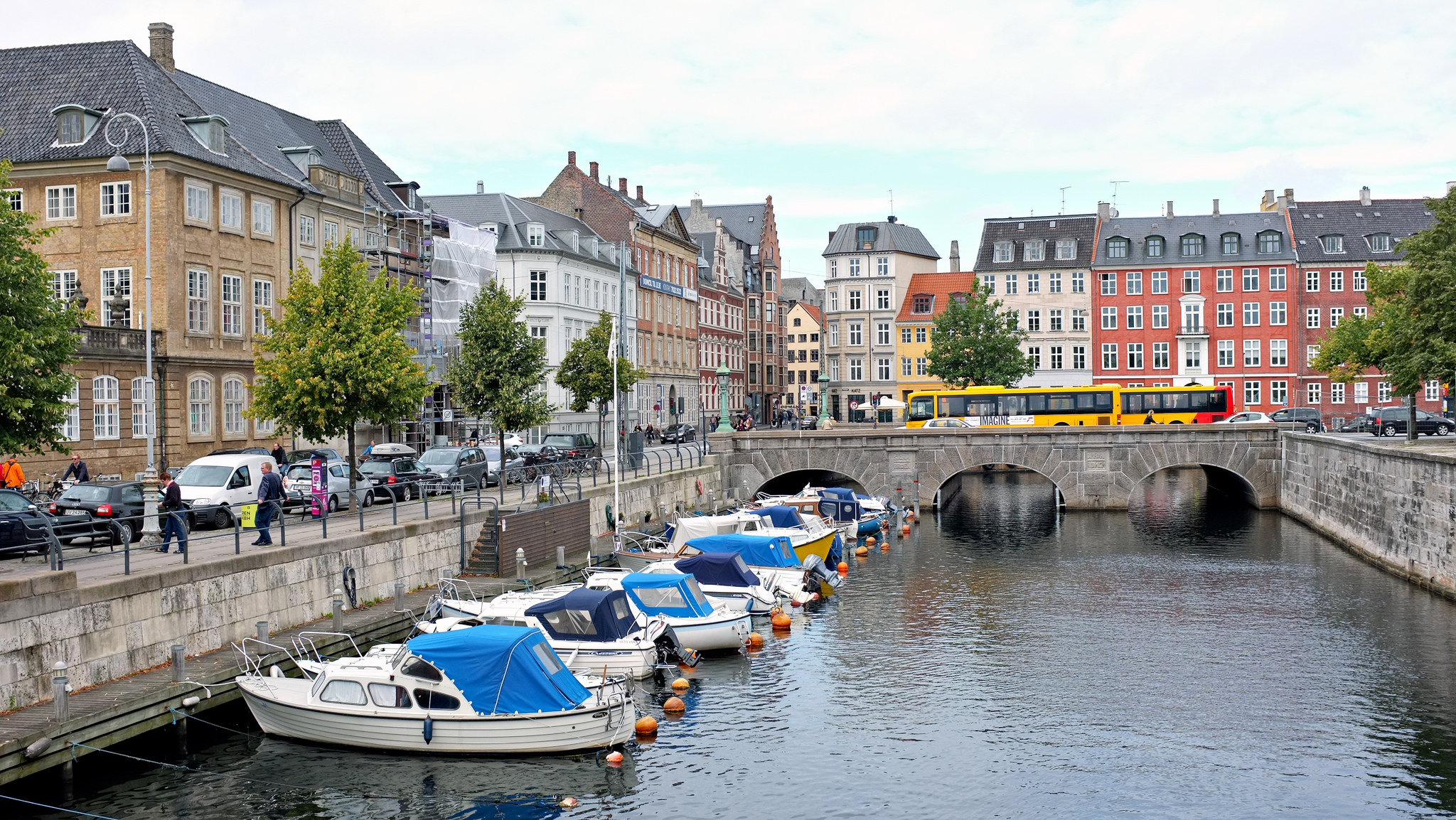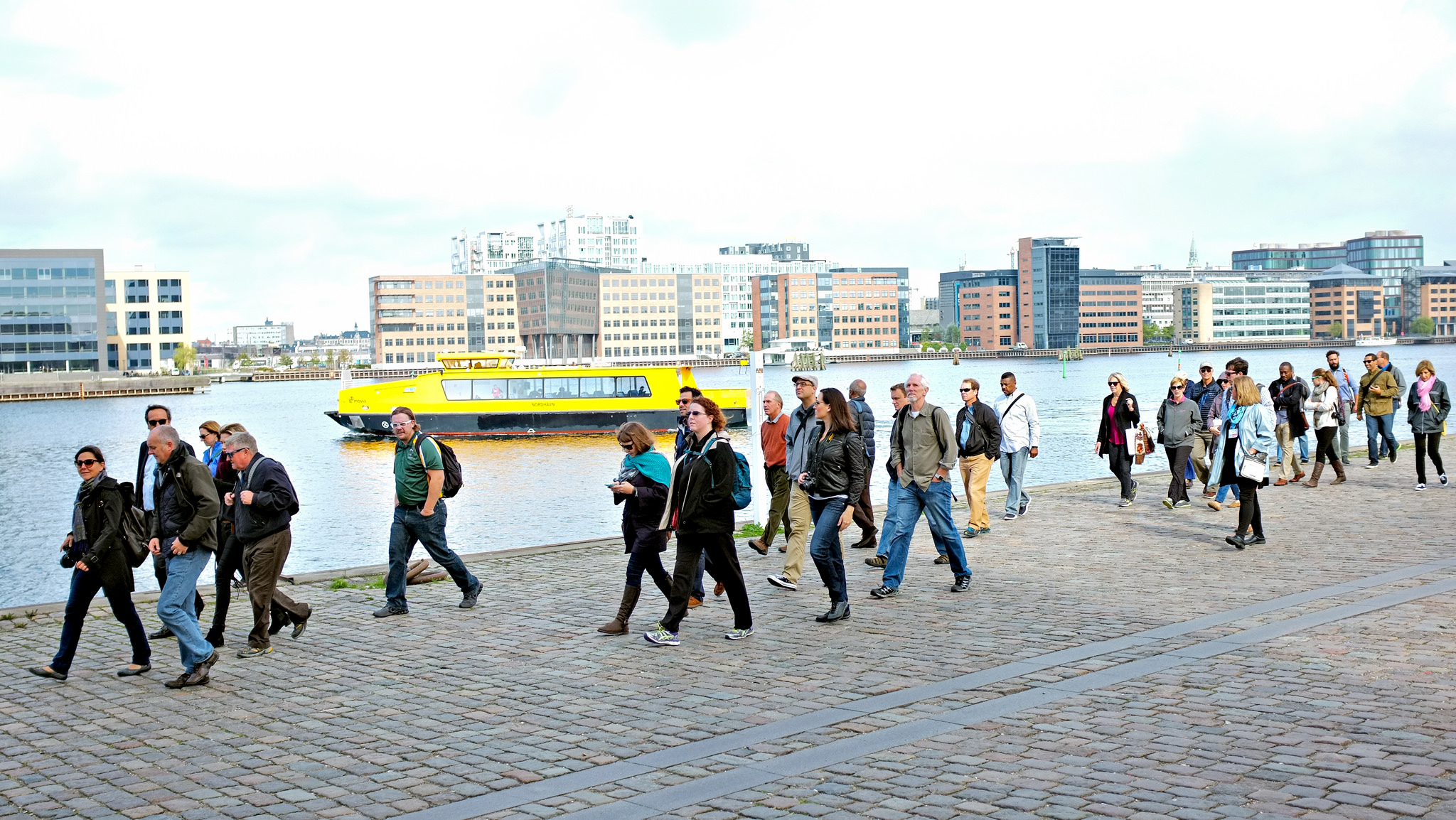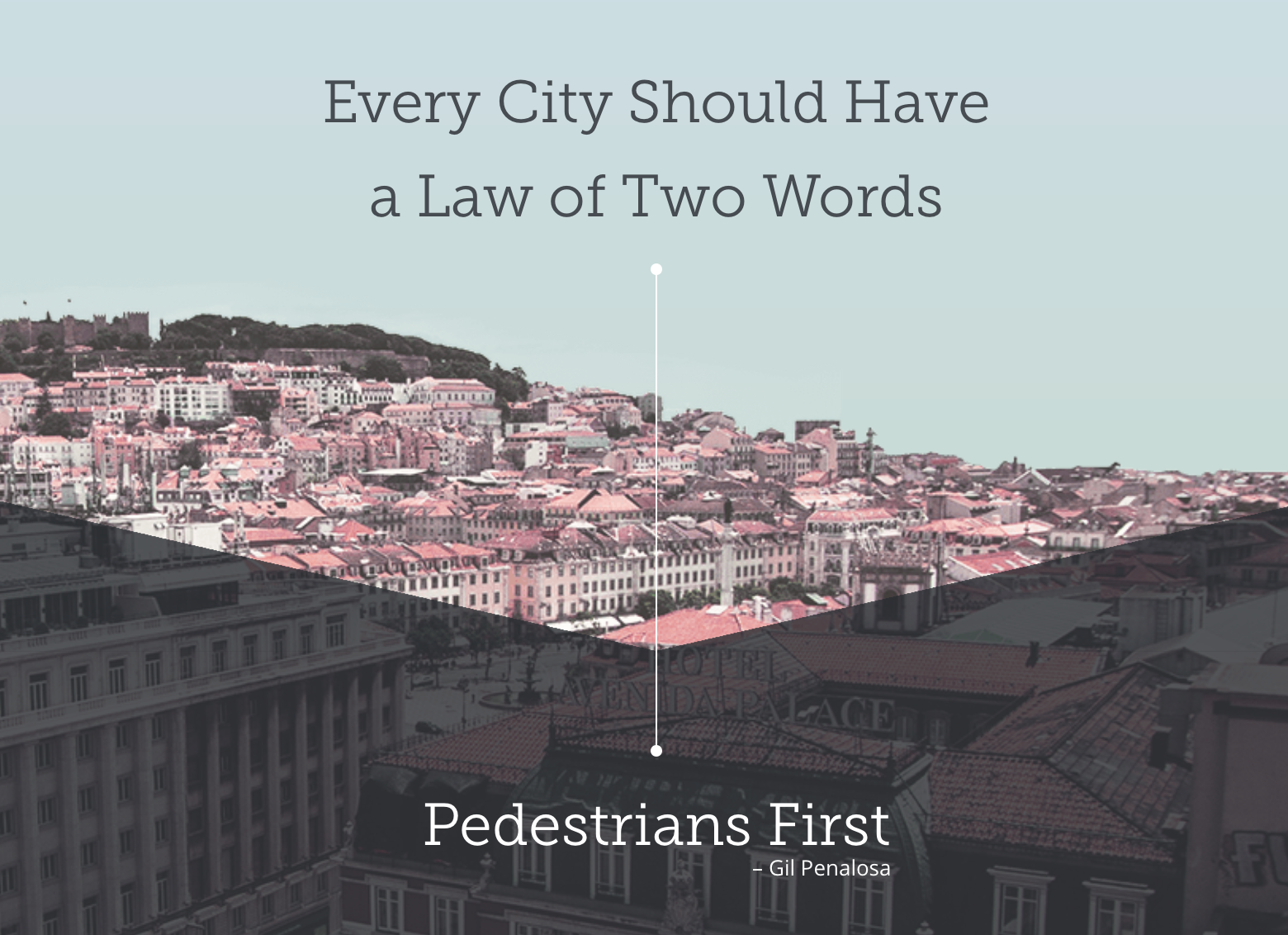
How Copenhagen is inspiring new ideas for public space in Philadelphia
Sarah Clark Stuart is the executive director of the Bicycle Coalition of Greater Philadelphia and recent participant on a learning tour to Copenhagen, Denmark, sponsored by Knight Foundation.
In cities of the future, all people should be able to enjoy public amenities with dignity, comfort, and safety. Those cities that offer both high-quality public spaces to enhance people’s experience in recreating and socializing, and opportunities for safe active transportation, are sure to be more successful, vibrant and resilient.
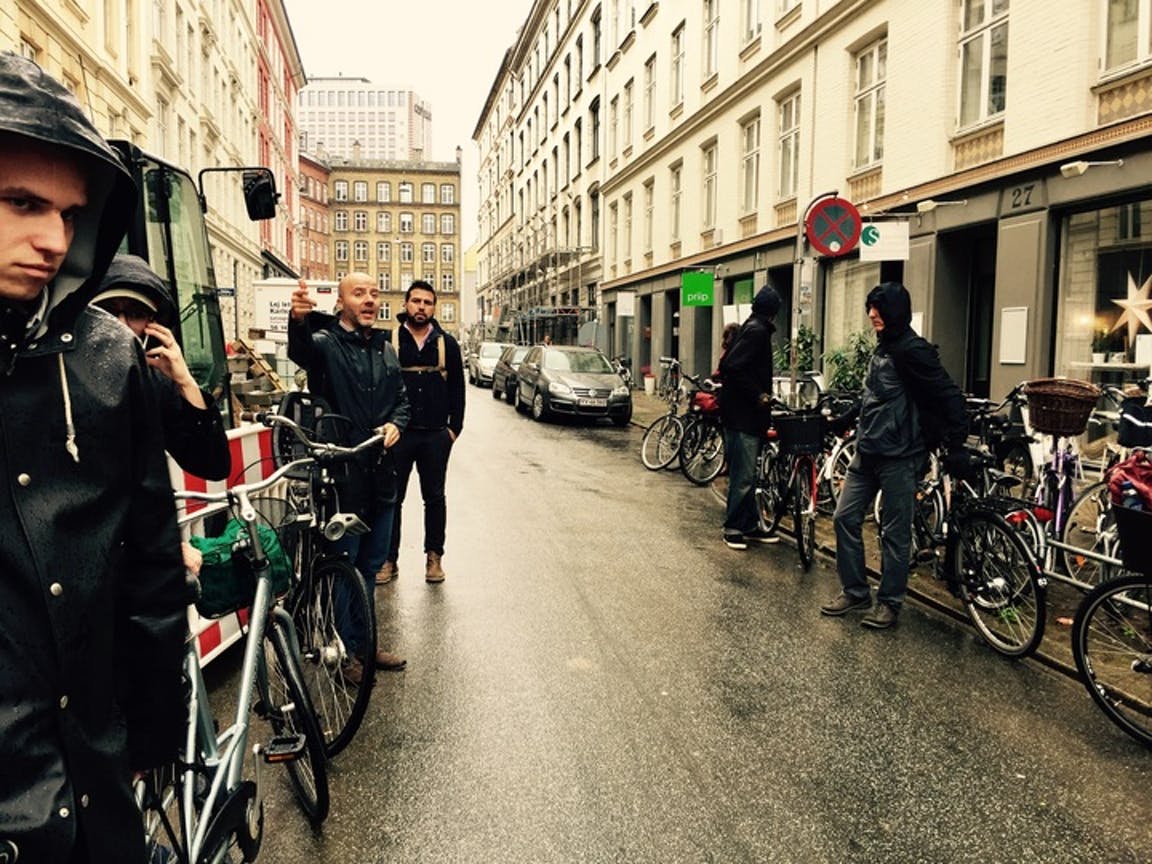
This future is premised on how cities invest in spaces and infrastructure to foster opportunities for people to become connected and actively engaged. Philadelphia, one of 26 Knight communities, is at a critical juncture; with support from the public, private and philanthropic sectors, it is poised to make significant investments in its libraries, parks, recreation centers and other community infrastructure over the next several years. The effort, called Rebuild Philadelphia, will have a profound impact on Philadelphia’s ability to promote more engaged communities and a vibrant urban life for all its residents for decades to come.
I recently represented Philadelphia as part of a team that toured Copenhagen, Denmark, and Malmo Sweden, on an annual trip sponsored by Knight Foundation. The team comprised myself, city of Philadelphia Managing Director Michael DiBerardinis and Clarena Tolson, the deputy manager for infrastructure and transportation. Our goal was to see what new ideas and concepts we could bring back to Philadelphia from Copenhagen and Malmo, two cities that are becoming one metropolitan region and that have revitalized themselves over the past several decades. This tour offered the opportunity to learn more about how Philadelphia can rebuild public infrastructure and spaces to bring people together.
As an advocate for better U.S. urban and suburban bicycle infrastructure in Greater Philadelphia, I was particularly interested to learn about how these two cities significantly increased opportunities for bicycling. Bicycle infrastructure is an important component of a city’s vibrancy; it helps connect people to one another and improves quality of life.
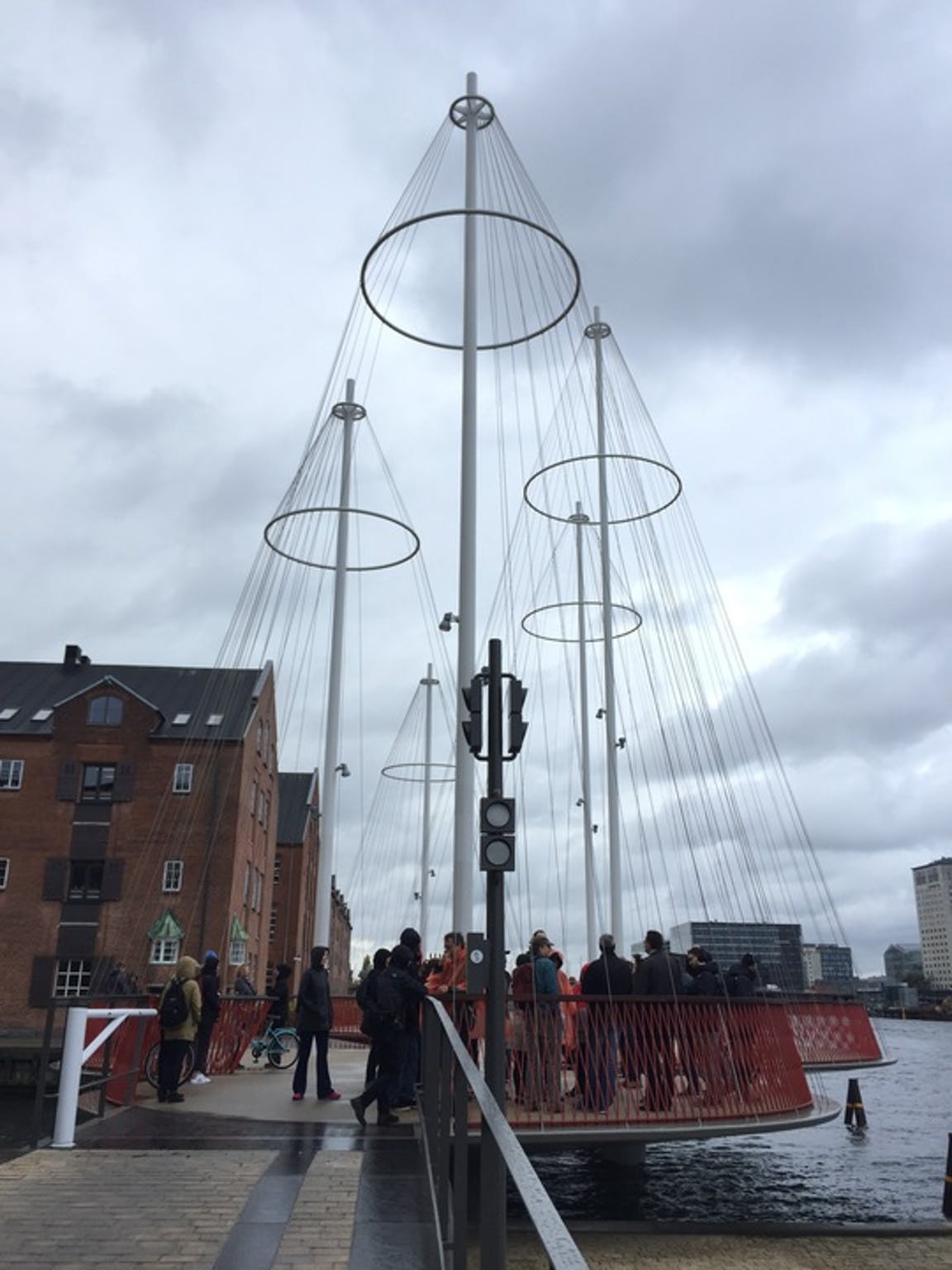
Our team accompanied 24 other participants from 12 other Knight communities on a five-day tour. We visited parks, playgrounds, quality bicycle infrastructure, a world-famous library and a sustainable urban residential and mixed-used development emerging on an old shipbuilding site. We engaged with architects, planners, municipal officials and other champions of making cities more successful. We biked 30 miles and walked 5 miles all over both cities. It was at times wet (we rode several miles in pouring rain) and overwhelming, but very satisfying and thought-provoking.
First, we saw that in both cities, people of all ages at great numbers are riding bikes to get around. Try to imagine a city street with not one or two bicyclists passing in front of you every 15 seconds, but 30 or 40. Both cities have done two important things to make this possible. First, they set ambitious goals in master plans for becoming premier bicycling cities, and second, they each made significant public investments in separated bike lanes, extensive networks of on-street bike lanes and trails into their suburbs, bicycle and pedestrian bridges, and extensive bike parking not only on streets and sidewalks, but at transit hubs, shopping centers and malls. Clearly, safe, quality bicycle infrastructure allows a significantly large portion of the population to use a mode of transportation that brings people outside and fosters greater connections.
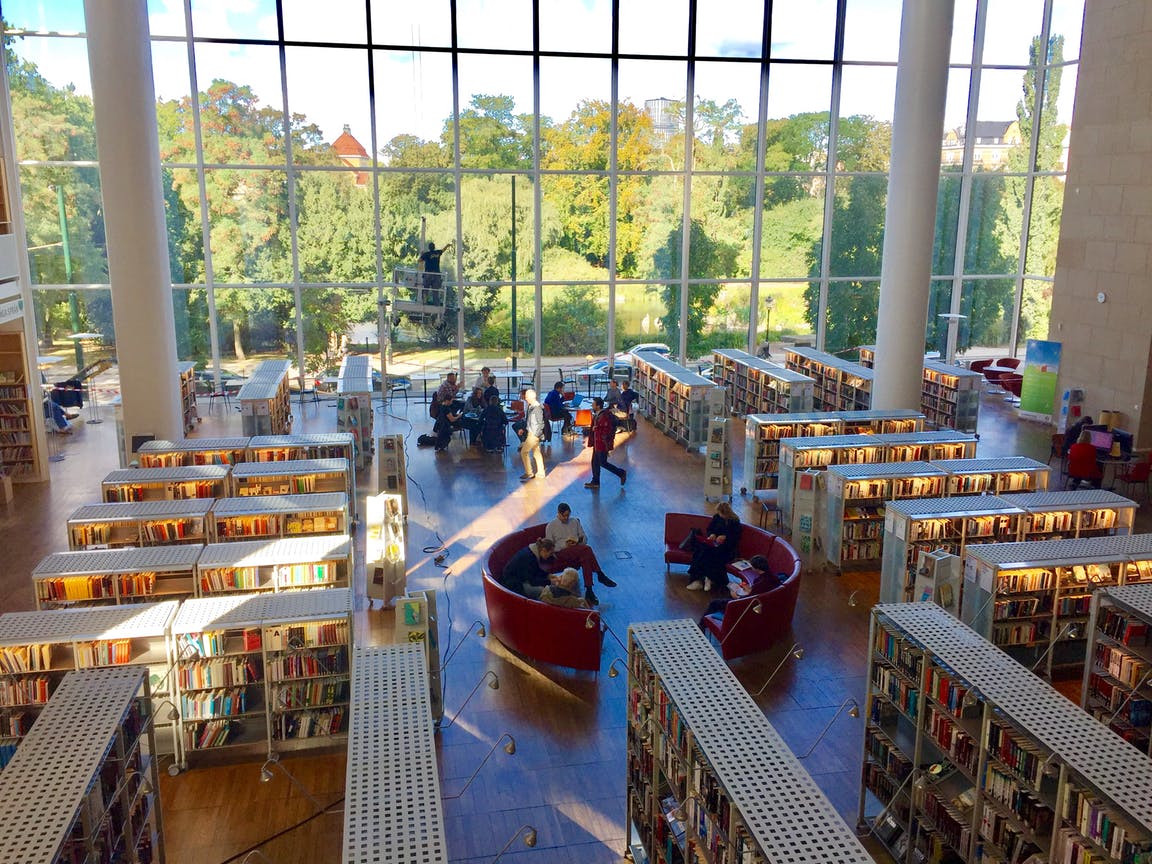
We visited numerous playgrounds and parks that bring together youth and families to experience creative and fun spaces. They ranged from small pocket parks with child sized zip lines, to Copenhagen’s largest park, Fælledparken, which has nestled within it a “traffic playground”—a mini version of a street grid equipped with intersections, traffic lights and raised bike lanes where parents can teach children how to bike on city streets. We met the designer of Superkilen, a newly developed park along an old rail bed within a low-income neighborhood that was designed to deliberately reflect the diverse interests of immigrant communities living adjacent to park. We saw several skate parks on reclaimed brownfields and playgrounds designed to invoke fairy tales. One remarkable park, Israels Plads, is flanked by 19th century buildings and a modern indoor marketplace. It was redesigned recently to offer space for street sports and performances. It is a multipurpose plaza that meets the needs of many and all ages. On our visit, we watched dozens of school children play soccer and roll around on scooter-bikes in a bustling public square.
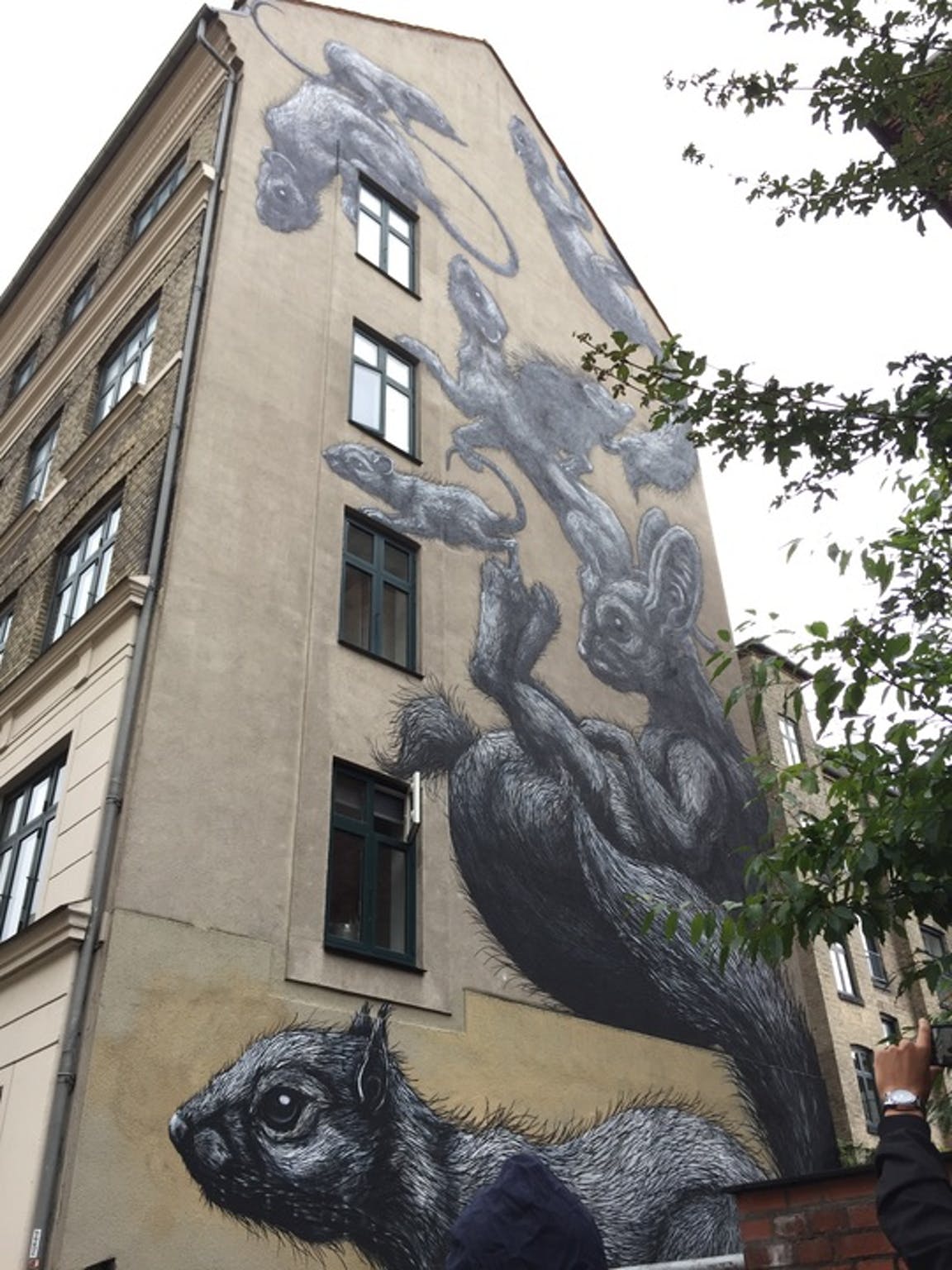
We also were lucky enough to visit the Malmo City Library, an amazing early 20th century building that looks like a castle, augmented with a stunning 21st century addition. This library, which had the feel of an art museum, was bustling with people and functions as the city’s community center. Its children’s library was recently renovated and the design process included feedback from children.
Many of the planning and design concepts, community outreach methods and infrastructure investments that we saw in both cities lend themselves to being deployed effectively in Philadelphia. As the city begins a new era of investment in its civic assets, I am excited to use my role as an advocate to bring home the lessons learned from our trip to encourage city decision-makers to improve the safety of its existing infrastructure, expand and connect the city’s bicycle and pedestrian network, and enhance public spaces.
Follow Sarah Clark Stuart on Twitter @SchuylkillSarah.
-
Community Impact / Article
-
Community Impact / Article
-
Community Impact / Article
-
Community Impact / Article
-
Community Impact / Article
-
Community Impact / Report
Recent Content
-
Community Impactarticle ·
-
Community Impactarticle ·
-
Community Impactarticle ·
